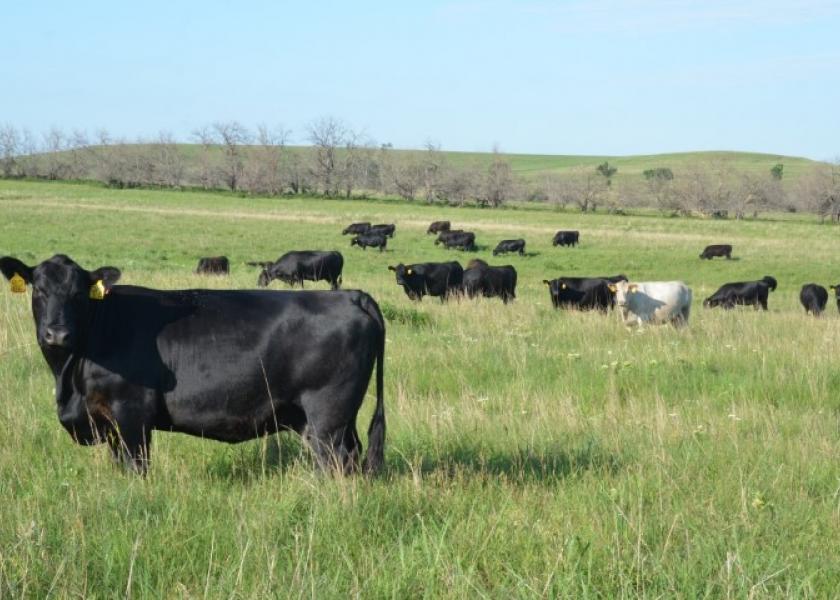Body Condition and Reproductive Failure

Over the years, much research established the link between body composition and overall pregnancy rate in beef cows exposed to a limited breeding season. Most of the older work indicates improved overall pregnancy rate when cows calve in a body condition score 5 or greater (scale of 1 to 9) and when first-calf heifers calve in a body condition score 6 or greater (scale of 1 to 9). Recently, I ran across an excellent data set evaluating pregnancy rates associated with body condition score recorded at the time of weaning. This data was originally published in the Montana Farmer-Stockman by Dr. Matt Cherni, DVM. In his data set, 78,398 weaning body condition score and pregnancy records were collected over a seven-year period on one large cow/calf operation.

There is generally a moderate correlation between body condition at calving and body condition at the time of weaning. Thus, it is not surprising that increased body condition at weaning was also associated with increased pregnancy rate (Table 1). Dr. Cherni’s data also revealed substantial reduction in pregnancy when 2 and 3-year-olds and when 9 and 10-year-olds were in body condition score 3 or less at the time of weaning. Interestingly, a score of 4 was more detrimental to pregnancy rates in the 9 and 10-year-old cows. A score of 4 had little impact on 2-year-olds’ pregnancy and only slight negative impact on 3-year-olds when compared to cows of the same age and a score of 5 or greater at weaning.
Dr. Clifton Willms used this data set to calculate the probability of remaining in the herd at age 11 assuming all cows that were open at weaning were culled each year (Table 1). In his analysis Dr. Willms estimated dramatic improved longevity in cows that were able to maintain a body condition score of 5 or greater.
These data confirm the important connection between reproductive efficiency and body composition of the cow. Certainly, the production system should be designed to achieve moderate herd-average body condition at calving and weaning in most years. More importantly, these data highlight the opportunity to select animals within contemporary groups that are a great fit for the environment from a body composition standpoint. Said another way, cows with body condition score below herd average at calving or weaning may require expensive purchased or harvested supplemental feed to avoid reproductive failure. Assuming they are otherwise healthy, those animals within each contemporary group are telling us that they are not a good fit for the ranch environment. Without expensive artificial environmental adjustments they have a much greater probability of reproductive failure.







